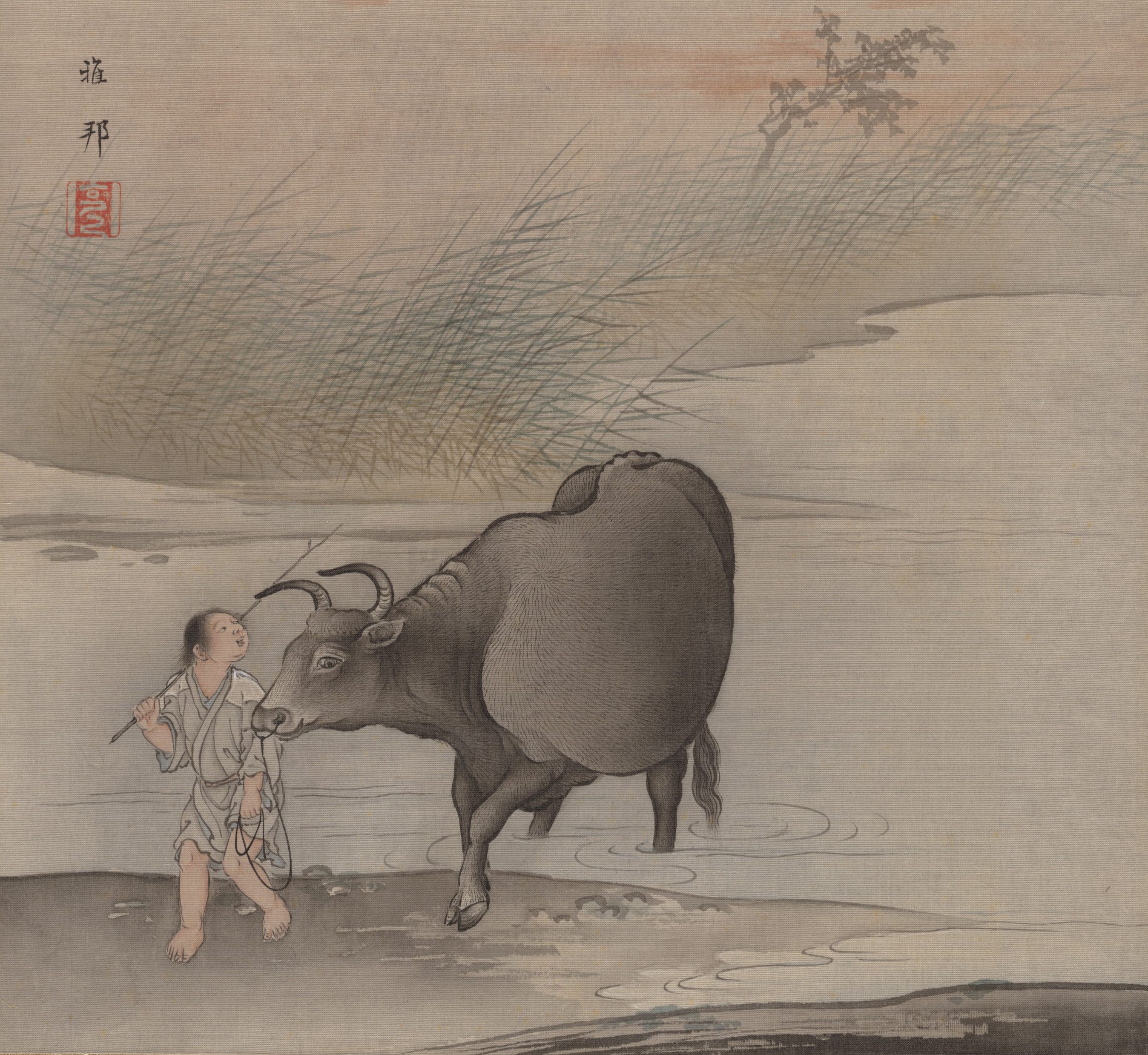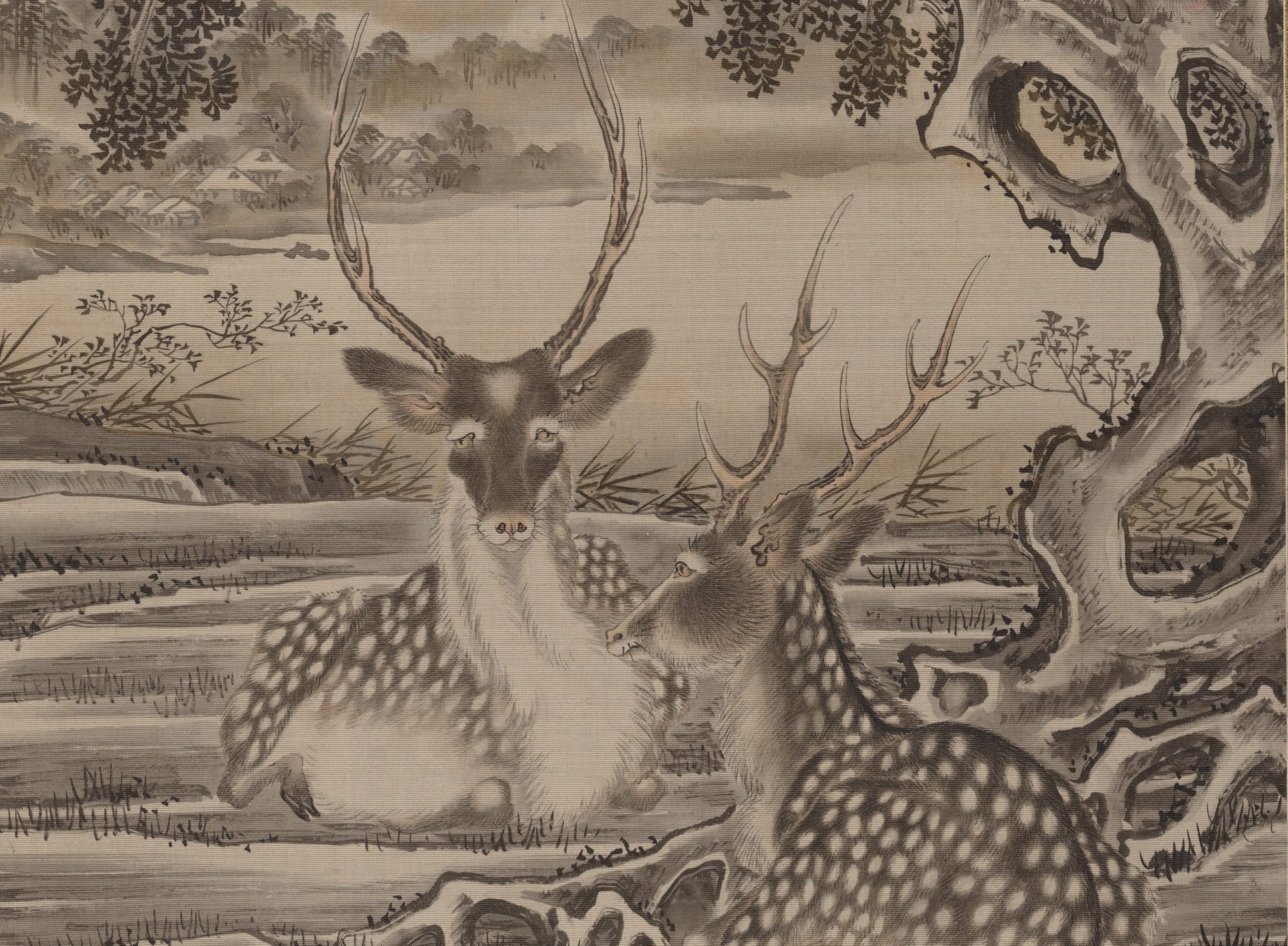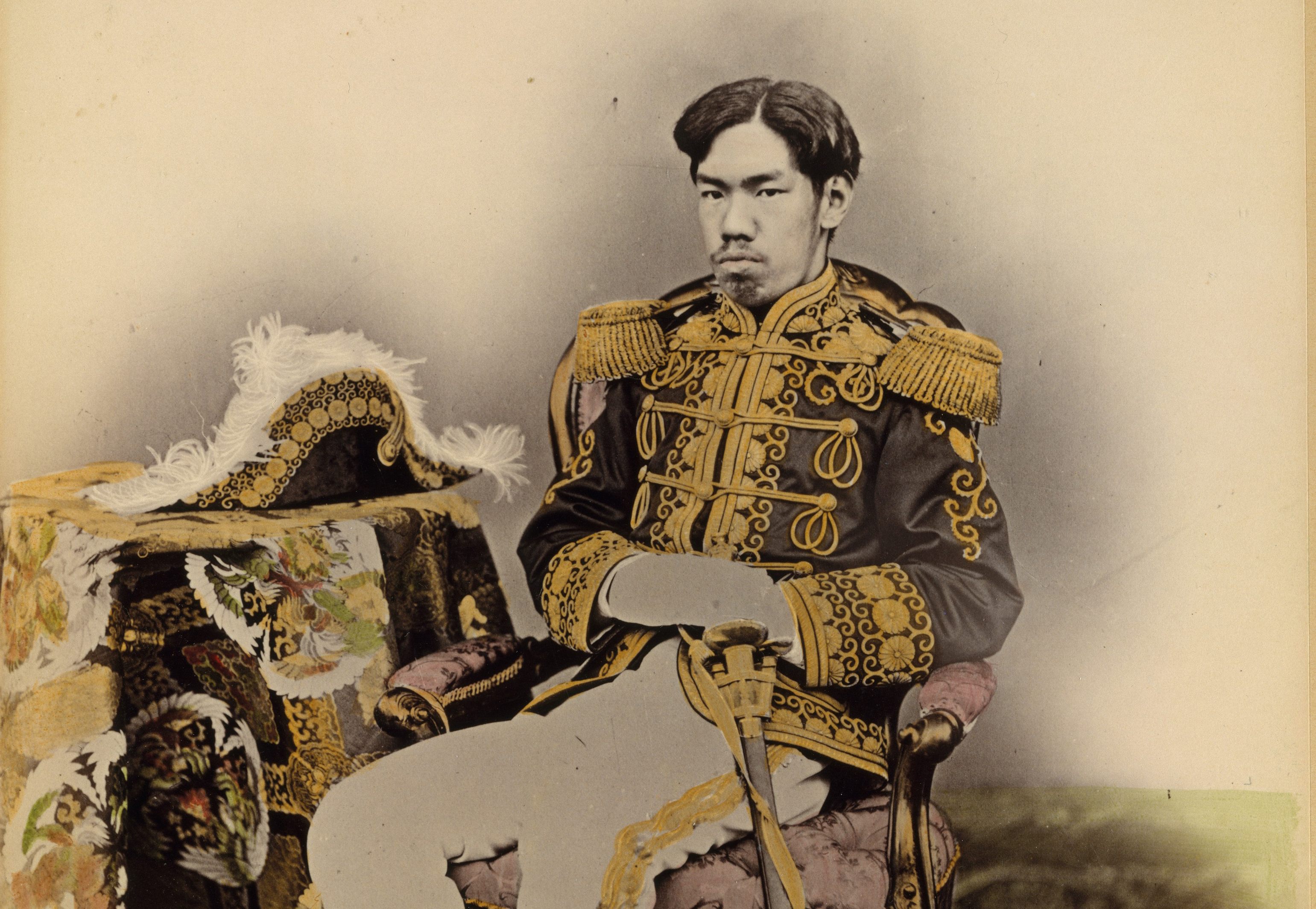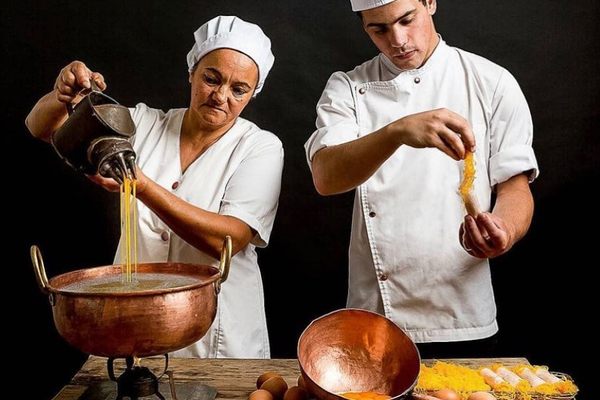Why Eating Meat Was Banned in Japan for Centuries
The reasons were both religious and practical.

On February 18, 1872, a group of Japanese Buddhist monks broke into the Imperial Palace to seek an audience with the emperor. In the ensuing fight with the guards, half of them were killed. At issue was something the monks considered an existential spiritual crisis for their country. A few weeks earlier, the emperor had eaten beef, effectively repealing a 1,200-year-old ban on consuming animals. The monks believed the new trend of eating meat was “destroying the soul of the Japanese people.”
For both religious and practical reasons, the Japanese mostly avoided eating meat for more than 12 centuries. Beef was especially taboo, with certain shrines demanding more than 100 days of fasting as penance for consuming it. The story of Japan’s shift away from meat began with the arrival of Buddhism from Korea in the 6th century. At that time, the Japanese were meat eaters. Venison and wild boar (which was sometimes called yama kujira, or “mountain whale”) were particularly popular. Aristocrats enjoyed hunting and feasting on deer entrails and wild fowl.

Yet Buddhism teaches that humans can be reincarnated into other living beings, including animals. Meat eaters run the risk of consuming their own reincarnated ancestors: not a very palatable thought. Buddhist principles of respect for life and avoidance of waste, especially in the case of food, slowly began to shape Japanese culture and seep into native Shinto beliefs.
In 675 A.D., Emperor Tenmu issued the first official decree banning consumption of beef, horse, dog, chicken, and monkey during the height of farming season from April to September. As time went on, the practice would be solidified and expanded into a year-round taboo against all meat eating.
But the meat ban also had secular roots. Even before Buddhism, meat wasn’t an essential part of the Japanese diet. As a nation of islands, Japan has always relied on fish and seafood as staples. Additionally, writes historian Naomishi Ishige, “protein was ingested from rice rather than from meat or milk.” Raising animals is resource-intensive, so Japanese farmers working with limited space in their mountainous island nation largely avoided it. It was also in the best interest of the country to discourage the eating of useful farm animals, since there were relatively few of them in Japan.

While all meat was considered corrupt and unclean, eating wild animals wasn’t completely unheard of. Plus, the Japanese aristocracy never completely gave up the practice. There are records of taxes paid and gifts sent to emperors in the form of pork, beef, and even milk. Meat was still taboo among the upper classes, but it was often treated as a special food with medicinal properties. (Even Buddhist monks could occasionally consume meat on doctor’s orders.) In the 18th century, the Hikone Clan sent their annual gift of beef pickled in sake to the shogun in packages labeled as medicine. Birds were more acceptable as foodstuff than mammals, and dolphin and whale was frequently eaten, as they were considered fish.
Some mammals were more forbidden than others. According to Ishige, “the Buddhist concept of the transmigration of souls and the taboo on mammal meat became linked, and the belief spread that a person who ate the flesh of a four-legged animal would after death be reincarnated as a four-legged animal.” One government decree stated that anyone who’d eaten wild goat, wolf, rabbit, or raccoon dog (tanuki) was required to repent for five days before visiting a shrine. Those who’d eaten pork or venison, however, were required to repent for 60 days. For eaters of beef and horse meat, it was 150 days. On the rare occasions that they did eat meat, Japanese people cooked it on fires outside the home and avoided looking directly at their altars afterwards so as not to contaminate them.

When Portuguese missionaries arrived in Japan in the early 16th century, they had been counseled that the locals considered drinking milk to be like drinking blood and that eating beef was unthinkable. Even the warlord Toyotomi Hideyoshi supposedly questioned Portuguese missionaries on their practice of eating beef, as cows were so useful as farm animals. Nevertheless, the Portuguese were able to spread some of their cuisine to the locals, including sweets, tempura, and beef, which Kyotoites called waka, from the Portuguese vaca.
Dietary customs began to change faster in the late 19th century. After Emperor Meiji assumed power in 1868, the Japanese government moved to end their two centuries of isolation and adopt Western practices and technology as quickly as possible. Plus, many believed “that one reason why the Japanese had poor physiques compared to Westerners was that they did not eat meat or dairy products,” writes Ishige.

The Meiji government began to chip away at the ancient dietary taboos. They set up companies to produce meat and dairy products. When the emperor himself ate meat to ring in the New Year in 1872, it went a long way toward convincing the Japanese to abandon their meatless customs. It wasn’t an easy transition. Devout Buddhists, such as the monks who attempted to break into the Imperial Palace and rural peasants who relied on their animals for farm work, had long accepted the idea that eating meat was a sin. One prefectural decree from 1872 reads “Although beef is a wonderfully nutritious food, there are still a great number of people barring our attempt at westernization by clinging to conventional customs,” adding, “Such action is contrary to the wishes of the Emperor.”
In the end, the wishes of the Emperor prevailed. As Japan opened up to the world, it began to absorb meat-based dishes from Korea, China, and the West. Soon, expensive Western-style restaurants serving meat popped up in cities, followed by affordable Japanese restaurants serving a medicinal beef stew, which would evolve into the dish sukiyaki. Today, the Japanese eat almost as much meat as they do seafood. While it took a few decades, meat is now as much a part of Japanese cuisine as sushi.
Gastro Obscura covers the world’s most wondrous food and drink.
Sign up for our regular newsletter.









































Follow us on Twitter to get the latest on the world's hidden wonders.
Like us on Facebook to get the latest on the world's hidden wonders.
Follow us on Twitter Like us on Facebook